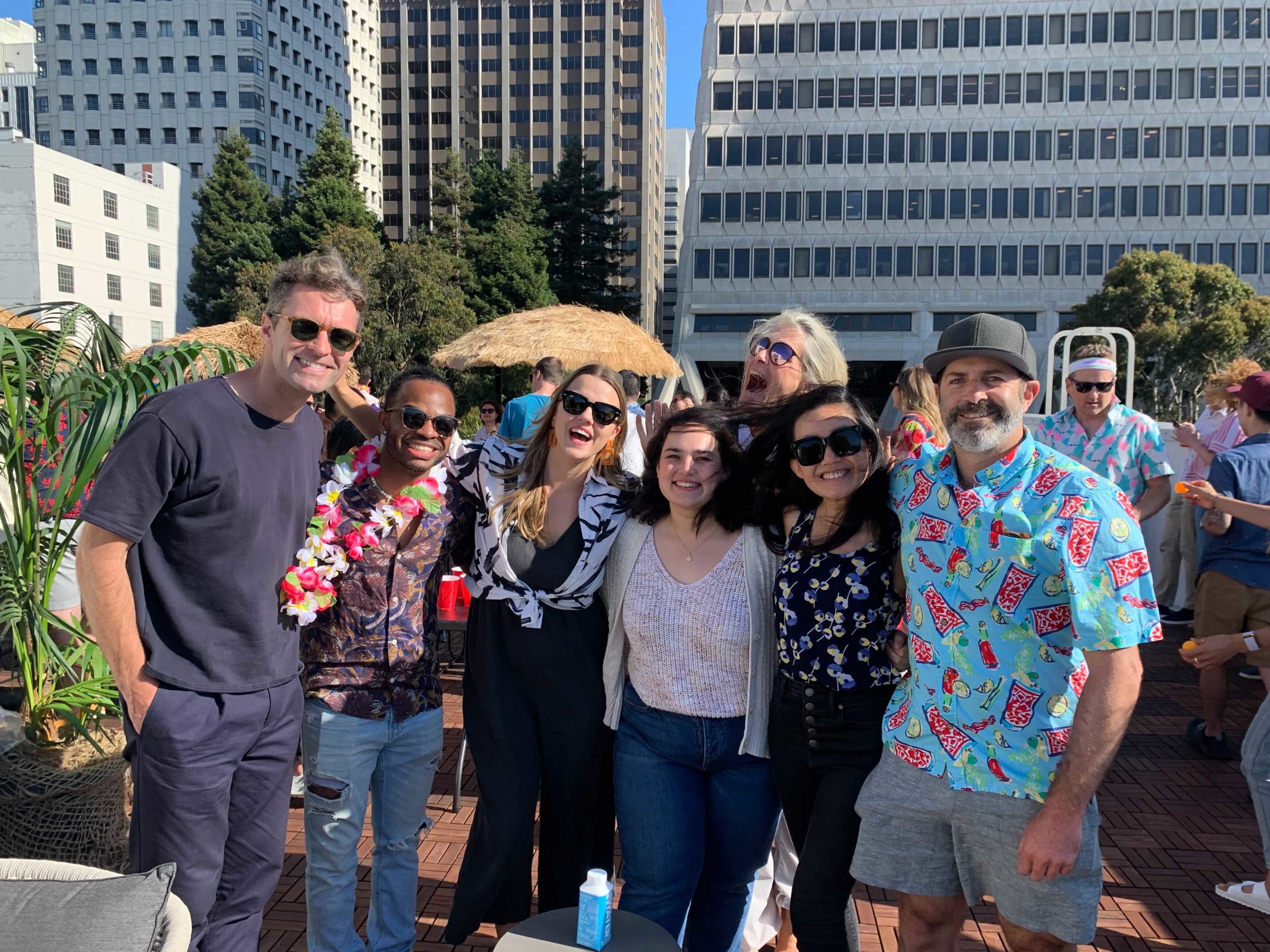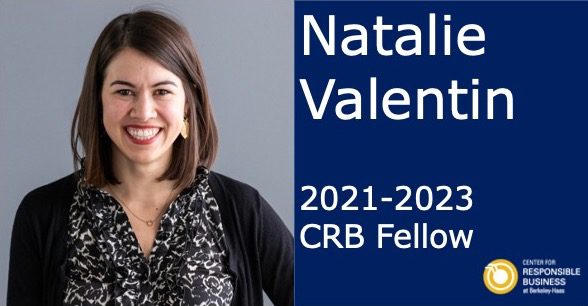Collaboration in a Competitive Market: Applying Game Theory and Negotiation Tactics to Creating Shared Value

By Harris Googe, CRB Patagonia Case Competition Student Lead and MBA ’18 Candidate
In Porter and Kramer’s progression from “Strategic Philanthropy” and “Strategic CSR” to “Creating Shared Value,” they highlight a critical shift in the framing of a business’s social responsibility. In “Strategic Philanthropy,” the concept of strategic philanthropy is described as secondary to the core functions of a business. The focus is on social responsibility being an addition to the business operations. Focus shifts internally for “Strategic CSR,” highlighting how social responsibility can be integrated with business operations. Porter and Kramer begin to identify social responsibility as not just strategic, but a competitive advantage for a business.
Finally, Porter and Kramer begin to view social responsibility on a macro scale with “Creating Shared Value.” They highlight how the market can solve social issues for the betterment of both. By viewing competition and society as collaborators with shared resources, a business can serve its own needs while having a positive impact. The view of competition as collaborators is a key feature of creating shared value, and may be a stubborn barrier for many organizations in highly competitive markets.
The apparel industry has been an interesting case study of collaboration in action with organizations such as the Sustainable Apparel Coalition (SAC) and the Outdoor Industry Association’s Sustainability Working Group. These organizations bring competitors together to solve the industry’s biggest challenges around sustainability, from water to labor standards. For an industry that is extremely competitive, collaboration around these issues is remarkable. Adidas and Nike, for example, are both members of the SAC, and come together to share ideas.
So how can competitors come to see each other as allies when margins are tight and the market is crowded? It takes a long-term perspective on performance for a company to understand that sustainability is most frequently in line with business interests. By viewing resources as finite, an organization can see that collaboration with a competitor can be critical to both organizations’ long-term survival. Resources are scarce, and by working together, these companies can guarantee that they’ll both be around as well as the market to keep competing with each other in the future.
I’d argue that game theory and negotiation tactics taught in business schools can come into play. I’ll do this by comparing collaboration in sustainability to a Prisoner’s Dilemma. If two companies have the ability to come together and improve their environmental footprints, they can ensure the future of the market and each other, while having a positive impact on society. If one, however, decides to free-ride off of the other, then they might take advantage of the research on sustainability and innovation, while not investing in it. This will give them an advantage greater than if they collaborate, but will also have a negative impact on the relationship between the competition. If both teams violate the terms of trust, they will both fail to see the benefits of sustainability efforts.
Enter the ideas of tit-for-tat and long-term strategic thinking. Studies show that competitors in a Prisoner’s Dilemma situation will have the best outcome if they start out cooperating, and only act in opposition as reciprocation. Over time, competitors will see that the long-term collaboration improves the relationship and outcomes for both. By acting with goodwill, competition can see an overall positive impact and both come out advantageously. If one company chooses to take advantage of the other, the relationship will crumble and they will lose the opportunity to take benefit in the next phase, because the competitor will not cooperate with them. Ultimately, by applying solutions from the Prisoner’s Dilemma to a long-term perspective, competitors can recognize the benefits of collaborating on sustainability.
This post originally appeared on LinkedIn as part of the CRB MBA course “Strategic & Sustainable Business Solutions” taught by CRB Executive Director, Robert Strand.
#StudentVoices @BerkeleyHaas #MBA292C1 @respbus @robertgstrand


